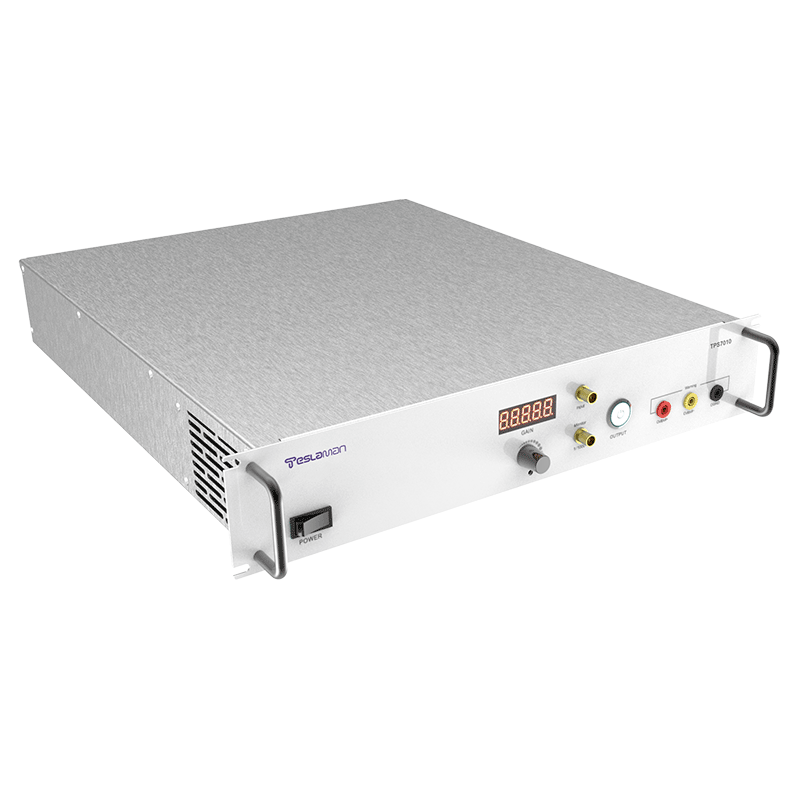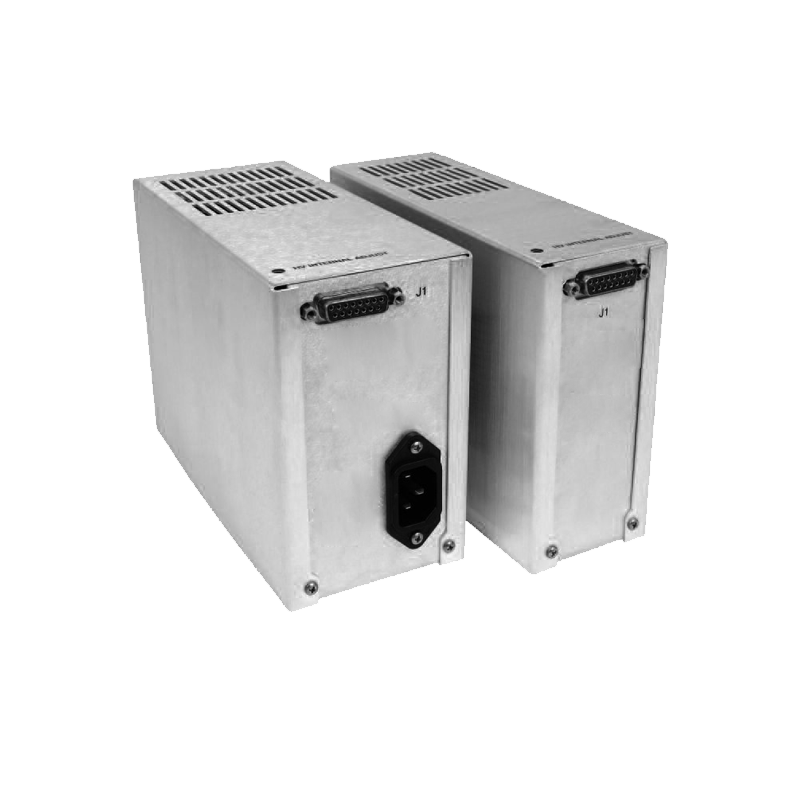Parallel Scheduling and Power Resource Optimization in Automatic Test Equipment (ATE) Power Supplies
Automatic Test Equipment (ATE) platforms require flexible, programmable power supplies capable of serving multiple test channels simultaneously. Efficient resource allocation across diverse test loads determines overall throughput and reliability. Traditional ATE systems suffer from underutilized power modules and long switching delays when reconfiguring channels.
A modern distributed ATE power architecture addresses these issues through real-time scheduling and power virtualization. Each output module features an embedded microcontroller that dynamically allocates voltage and current limits based on task priority. The main controller uses a multi-threaded scheduler that queues test requests and redistributes power capacity among active modules according to instantaneous load demand.
Communication between modules uses a high-speed digital bus with microsecond latency, enabling seamless voltage transition without electrical interference. Predictive load analysis allows the system to pre-allocate energy buffers for high-demand test phases, ensuring consistent voltage delivery.
To minimize channel cross-talk, isolation is achieved both electrically—using transformer-based separation—and temporally via synchronized PWM time slots. AI-based optimization algorithms continuously learn test patterns to predict power demand, reducing idle capacity and increasing parallel test efficiency by up to 30%. The result is a scalable, intelligent ATE power system with enhanced resource utilization, reduced power waste, and higher testing throughput.




















